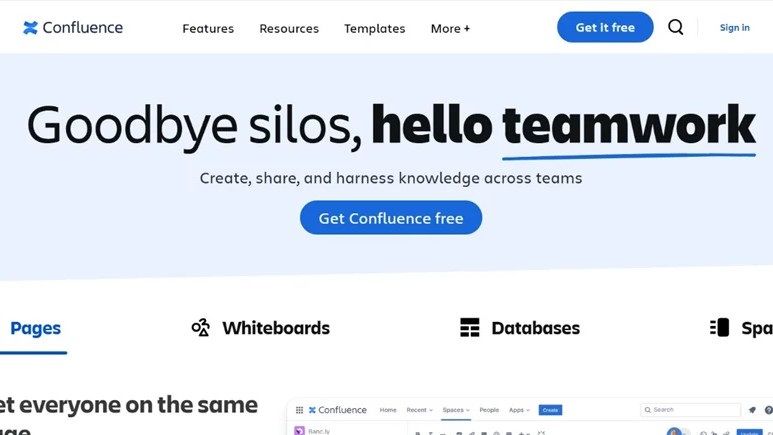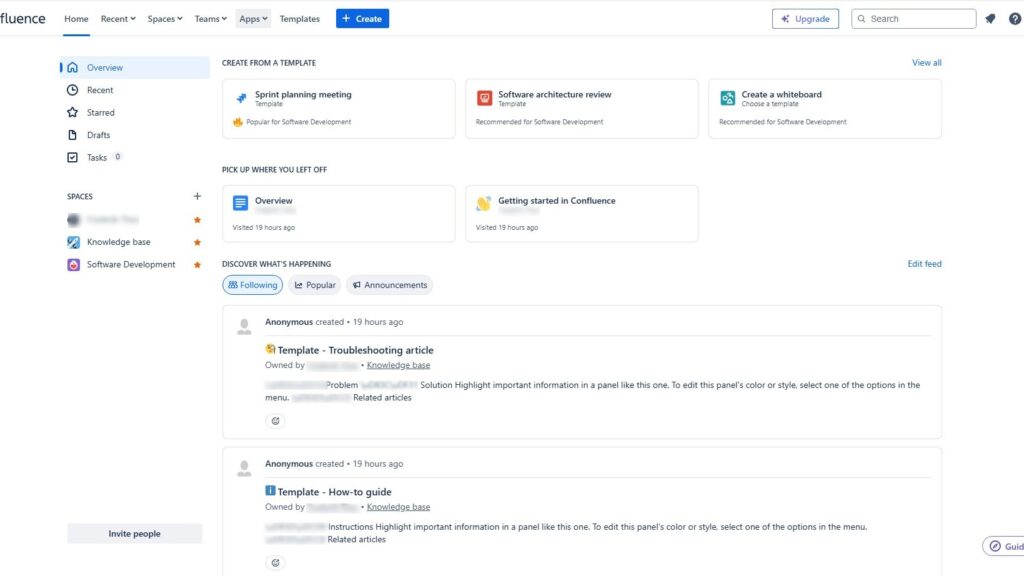In software design, visuals help me understand the big picture quickly. When I want to model how users interact with a system, I turn to UML Use Case Diagrams with draw.io. In this post, I’ll walk you through how I create one using draw.io. To make things even more helpful, I’ll explain an example step-by-step. And yes, I’ll also show you what is the execution unit and why it matters in modeling systems.
Let’s dive in.
What is UML?
UML stands for Unified Modeling Language. I use it to visually represent systems, especially in software development. It helps me plan out how everything fits together.
Most importantly, UML diagrams allow me to speak a common visual language. This works well when I need to collaborate with others, explain a design, or document features clearly.
There are several types of UML diagrams. Some show the structure, others the behavior. But when I want to show what a system does—without diving into how—I choose a Use Case Diagram.
How I Create UML Use Case Diagrams with draw.io
To show you how I do it, let’s create a simple Use Case Diagram. This example models a pupil software used in a middle school.
Open draw.io and Choose a Rectangle
First, I open draw.io (opens in a new tab). On the left panel, I see the shapes menu. There, I click on “Rectangle.”

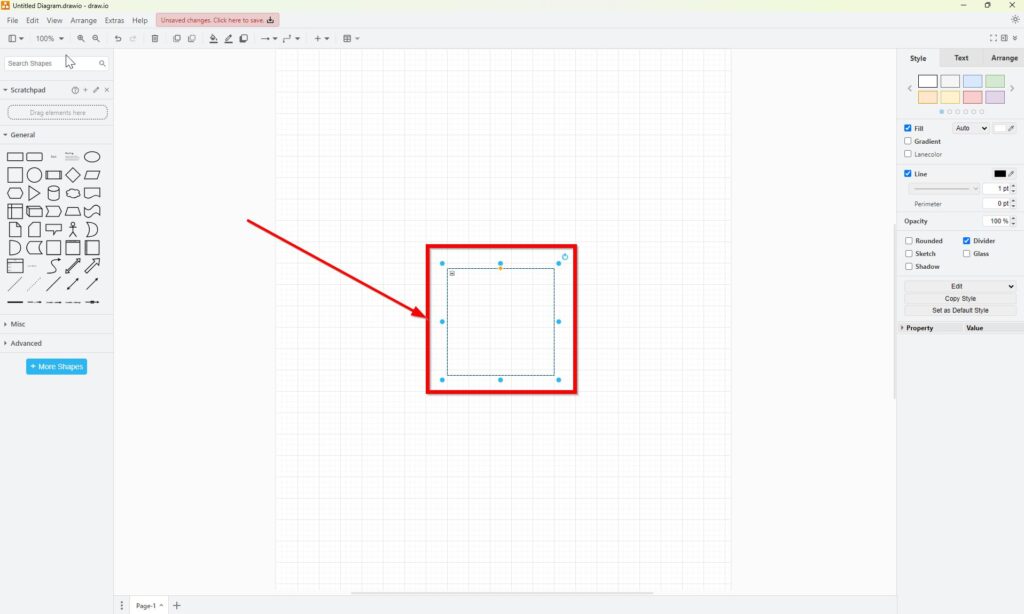
This rectangle represents the system boundary. I drag it onto the canvas and stretch it vertically. That gives me room to place actors on the left and right sides.
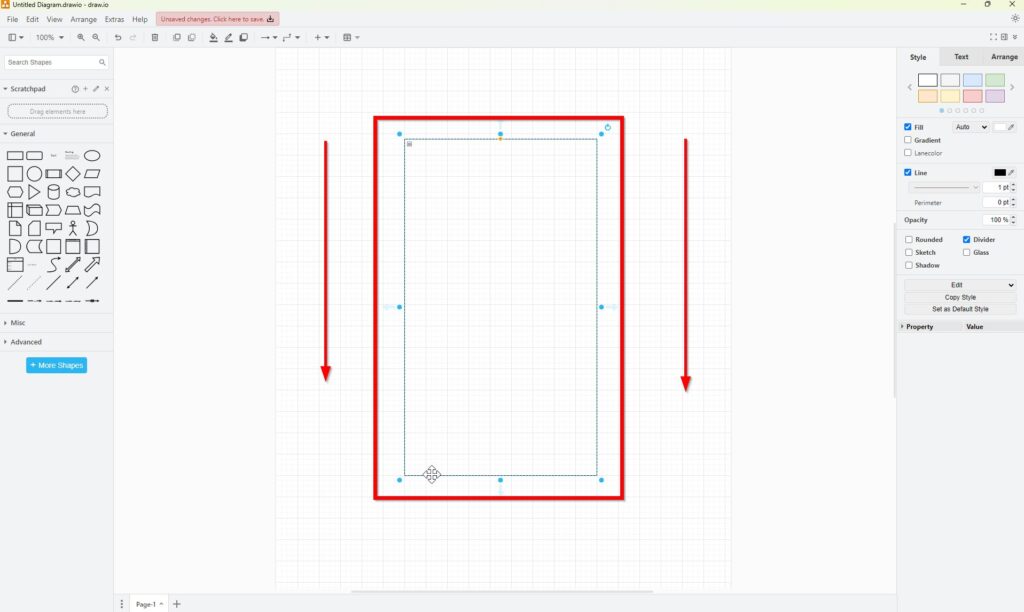
Add Use Case Elements
From the UML elements menu, I pick the “Use Case” shape.


Then, I copy and paste it six times, placing them one under the other inside the rectangle.

Now, I name each one based on the system’s main features:
- Pupil Registration
- Manage Examination
- Manage Question Bank
- System Login
- Test
- Reports
These describe the goals users want to achieve with the system.

Add Actors
Next, I drag two actor elements onto the canvas. One goes to the left of the system box, and the other to the right.
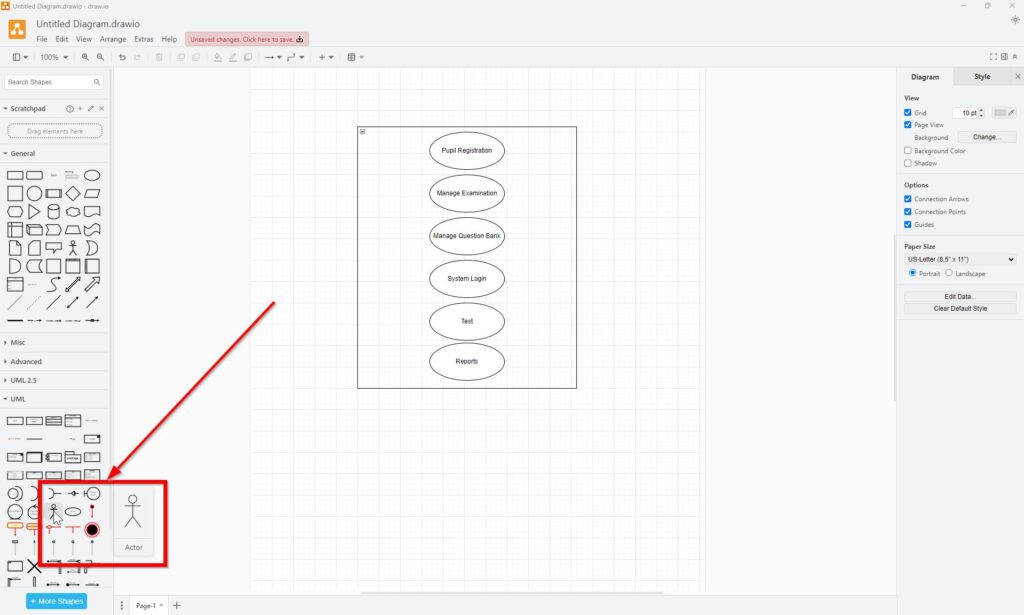
I double-click under each one and name them:
- Pupil
- Administration Manager
Actors represent the people (or systems) that interact with this software. They trigger the use cases.

Connect Actors and Use Cases
Now I need to show how actors interact with the system. I go back to the shape panel and find the “Entity Relation” lines.
I click on “Untitled Relations” and draw lines between the actors and their corresponding use cases.
For example:
- The Pupil connects to “System Login,” “Test,” and “Reports.”
- The Administration Manager connects to all.
Once I finish connecting them, my Use Case Diagram is complete.

Save Your Diagram
Before I forget, I save the diagram. I can export it as a PNG, PDF, or keep it in the cloud. That’s it!
Why I love Use Case Diagrams
Use Case Diagrams help me in several ways. First, they make it easier to gather requirements. That’s because they show how users interact with the system clearly.
Also, they give a high-level overview. When I’m presenting to managers or stakeholders, this works better than explaining code. Everyone can follow what the system does.
Additionally, these diagrams help identify both internal and external actors. In large systems, this distinction becomes very important. I might find that one system is actually an actor in another diagram.
And here’s where the keyword comes in: understanding what is the execution unit is vital. In use case modeling, an execution unit refers to a discrete process or action that gets triggered when a user initiates a use case. It helps define the core behavior that the system must deliver.
So, every line in your diagram isn’t just a connection—it represents an execution unit. When a pupil logs in, that login triggers one. When a report is generated, that’s another.
By keeping track of what is the execution unit behind each action, I ensure the system behaves correctly.
Final Thoughts
UML Use Case Diagrams with draw.io are simple but powerful. With just a few shapes and connections, I can model an entire system’s behavior.
Thanks to draw.io, I don’t need expensive tools. The process is smooth and intuitive. Better yet, it supports collaboration, export, and integration with platforms like Google Drive or GitHub.
And remember: each use case represents not just a feature, but also an execution unit. Knowing what is the execution unit lets me keep my diagrams grounded in real system behavior.
So go ahead—open draw.io and try it yourself. You’ll be amazed at how quickly your ideas take shape.


